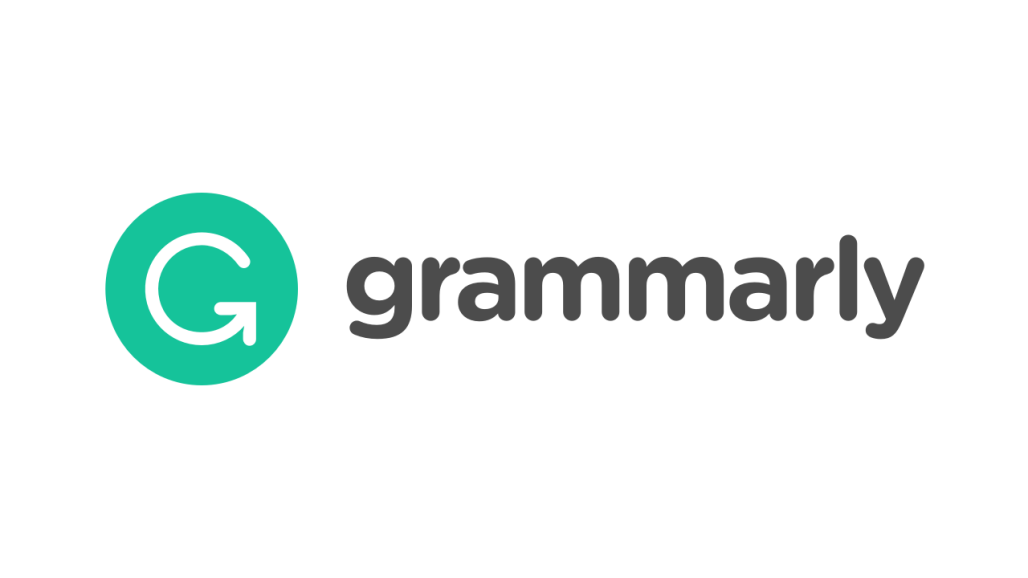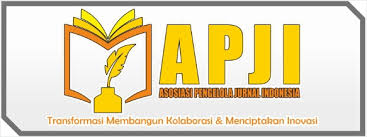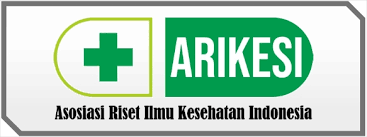Efektifitas Aloe vera terhadap Luka Bakar
Abstract
Herbal medicines are a form of treatment that is based on the use of plants with high bioactivity potential. These therapies have been used throughout history for the treatment of various diseases. Therapy has been passed down from generation to generation to become general knowledge related to culture, health, and improvement of quality of life for certain diseases. Aloe vera or Aloe vera is a cactus-like plant which, in several studies in experimental animals and humans, has been shown to have benefits. Used to accelerate wound healing, through complex biological processes that are responsible for tissue recovery and have been used since ancient times. Scientific evidence about the benefits of Aloe vera will be very useful, because its use can improve adherence to treatment of patients because the wound is rapidly improving and can also reduce costs. Aloe vera has been used externally to treat various skin conditions such as burns and eczema. Allegedly the sap from Aloe vera alleviates pain and reduces inflammation. Has antiseptic and antibiotic properties. Clinical studies based on scientific evidence are needed to get a better understanding of Aloe vera, its compounds and therapeutic indications).
Keywords
Full Text:
PDFReferences
Avijgan M, Alinaghian M, and Hafizi M, 2017. Aloe vera Gel as a Traditional and Complementary Method for Chronic Skin Burn: A Case Report. Advances in Infectious Diseases. 7(01).
Avni T, Levcovich A, Ad-El DD, Leibovici L, and Paul M, 2010. Prophylactic Antibiotics for Burns Patients: Systematic Review and Meta-Analysis. BMJ (Online). 340: c241
Bharadwaj B, Priya VV, and Balakrishna RN, 2018. Aloe vera - A Review. Drug Invention Today. 10(4): 3704-3708.
Busuioc CJ, Mogoşanu GD, Popescu FC, Lascǎr I, Pârvǎnescu H et al, 2013. Phases of the Cutaneous Angiogenesis Process in Experimental Third-Degree Skin Burns: Histological and Immunohistochemical Study. Romanian Journal of Morphology and Embryology. 54(1): 163-171.
Chandegara VK and Varshney AK, 2013. Aloe vera L. Processing and Products: A Review. Int. J. Med. Arom. Plants. 3: 492-506.
Dat AD, Poon F, Pham KBT, and Doust J, 2014. Aloe vera for Treating Acute and Chronic Wounds. Sao Paulo Medical Journal. 132(6): 382.
Dhingra K, 2014. Aloe vera Herbal Dentifrices for Plaque and Gingivitis Control: A Systematic Review. Oral Diseases. 20(3): 254-267.
Giretzlehner M, Dirnberger J, Owen R, Haller HL, Lumenta DB, and Kamolz LP, 2013. The Determination of Total Burn Surface Area: How Much Difference? Burns. 39(6): 1107-1113.
Hekmatpou D, Mehrabi F, Rahzani K, and Aminiyan A, 2019. The Effect of Aloe vera Clinical Trials on Prevention and Healing of Skin Wound: A Systematic Review. Iranian Journal of Medical Sciences. 44(1): 1-9.
Hosseinimehr SJ, Khorasani G, Azadbakht M, Zamani P, Ghasemi M et al, 2010. Effect of Aloe Cream versus Silver Sulfadiazine for Healing Burn Wounds in Rats. Acta Dermatovenerologica Croatica. 18(1): 2-7.
Koga AY, Pereira AV, Lipinski LC, and Oliveira MRP, 2018. Evaluation of Wound Healing Effect of Alginate Films Containing Aloe vera (Aloe Barbadensis Miller) Gel. Journal of Biomaterials Applications. 35(5):
e202000507.
Lai-Cheong JE and McGrath JA, 2017. Structure and Function of Skin, Hair and Nails. Medicine. 37(5): 223-226.
Maan AA, Nazir A, Khan MKI, Ahmad T, Zia R et al, 2018. The Therapeutic Properties and Applications of Aloe vera: A Review. Journal of Herbal Medicine. 12: 1-10.
Mahor G and Ali SA, 2016. Recent Update on the Medicinal Properties and Use of Aloe vera in the Treatment of Various Ailments. Bioscience Biotechnology Research Communications. 9(2): 273-288.
Manvitha K and Bidya B, 2014. Aloe vera: A Wonder Plant Its History, Cultivation and Medicinal Uses. Journal of Pharmacognosy and Phytochemistry. 2(5): 85-88.
Pandey A and Singh S, 2016. Aloe vera: A Systematic Review of Its Industrial and Ethno-Medicinal Efficacy. International Journal of Pharmaceutical Research and Allied Sciences. 5(1): 21-33.
Peck MD, 2011. Epidemiology of Burns throughout the World. Part I: Distribution and Risk Factors. Burns. 37(7): 1087-1100.
Penn JW, Grobbelaar AO, and Rolfe KJ, 2012. The Role of the TGF-β Family in Wound Healing, Burns and Scarring: A Review. International Journal of Burns and Trauma. 2(1): 18-28.
Rahman S, Carter P, and Bhattarai N, 2017. Aloe vera for Tissue Engineering Applications. Journal of Functional Biomaterials. 8(1): 6.
Reinke JM and Sorg H, 2012. Wound Repair and Regeneration. European Surgical Research. 49(1): 35-43.
Ribatti D, Nico B, and Crivellato E, 2011. The Role of Pericytes in Angiogenesis. International Journal of Developmental Biology. 55(3): 261-268.
Schommer NN, and Gallo RL, 2013. Structure and Function of the Human Skin Microbiome. Trends in Microbiology. 21(12): 660-668.
Shahzad MN, and Ahmed N, 2013. Effectiveness of Aloe vera Gel Compared with 1% Silver Sulphadiazine Cream as Burn Wound Dressing in Second Degree Burns. Journal of the Pakistan Medical Association. 63(2): 225-230.
Wang PH, Huang BS, Horng HC, Yeh CC, and Chen YJ, 2018. Wound Healing. Journal of the Chinese Medical Association. 81(2): 94-101.
Yasti AC, Senel E, Saydam M, Ozok G, Coruh A et al, 2015. Guideline and Treatment Algorithm for Burn Injuries. Turkish Journal of Trauma and Emergency Surgery. 21(2): 79-89.
DOI: http://dx.doi.org/10.30742/jikw.v9i2.800
Refbacks
- There are currently no refbacks.
Copyright (c) 2020 Ashilah Mumtaz Hakim

This work is licensed under a Creative Commons Attribution-NonCommercial 4.0 International License.
Jurnal Ilmiah Kedokteran Wijaya Kusuma is licensed under a Creative Commons Attribution-NonCommercial 4.0 International License










